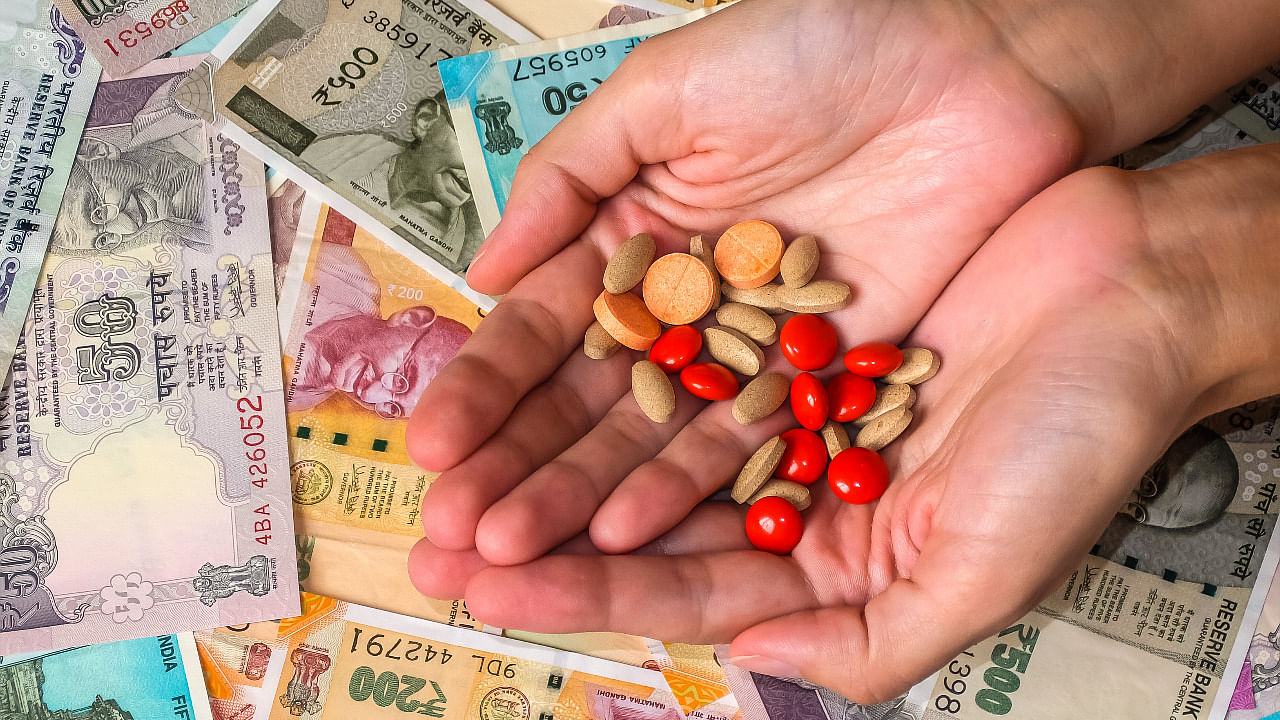
The recent Covid-19 pandemic has emphasised the importance of the healthcare sector and its inter-linkages with other key sectors of the economy. The pandemic has also shown us the importance of public spending on the healthcare sector.
The Economic Survey suggests that public spending on the sector must be increased from around 1 per cent currently to 2.5-3 per cent of the GDP.
The ongoing pandemic has showcased how a healthcare crisis can get transformed into an economic and social crisis. The increase in spending, as envisaged in the National Health Policy 2017, can decrease the out-of-pocket expenses from 65 per cent to 30 per cent of overall healthcare spend, said the Economic Survey.
The Survey suggests that a sectoral regulator to undertake regulation and supervision of the healthcare sector must be considered given the market failures stemming from information asymmetry.
India has one of the highest levels of out of pocket expenses in the world, contributing directly to the high incidence of catastrophic expenditures and poverty. A negative correlation exists between the level of public spend and out of pocket expenses, both across countries and states, says the Economic Survey.
The document adds that at small levels of public spend i.e. at less than 3 per cent of GDP, even marginal increases in public spend generate substantial “bang for the buck” in reducing the out-of-pocket expenses.
The Economic Survey said that for the country to effectively respond to future pandemics, the country's health infrastructure needs to be agile.
The annual document also noted that focus on the National Health Mission (NHM), which has played a critical role in mitigating inequity as the access of the poorest to pre-natal and post-natal care, should continue in conjunction with Ayushman Bharat.
The mitigation of information asymmetry would also help lower insurance premiums, enable the offering of better products and help increase the insurance penetration in the country, it noted.
While the share of public institutions has increased both in hospital and outpatient cares, the private sector dominates in total healthcare provision in India.
Around 74 per cent of outpatient care and 65 per cent of hospitalisation care is provided through the private sector in urban India.
The country must take steps to improve healthcare accessibility and affordability, the document said.
Emphasising on the steps to make the system agile towards pandemics, the Economic Survey noted that every hospital may be equipped so that at least one ward in the hospital can be quickly modified to respond to a national health emergency while caring for the normal diseases in usual times.
Research in building such health infrastructure can guide how to build such flexible wards, it added.
Following the Covid-19 pandemic, a key portfolio decision that healthcare policy must make is about the relative importance placed on communicable versus non-communicable diseases, the policy document said.
As pandemics represent rare events, healthcare policy can become a victim of "saliency bias", which involves over-weighting recent phenomena, it added.
Around 71 per cent of the global deaths and about 65 per cent of deaths in India are caused by non-communicable diseases.
Preventing communicable diseases requires a focus on better sanitation and drinking water, which the Swachh Bharat and Har Ghar Jal Abhiyan campaigns are focusing on, it said.
Despite improvements in healthcare access and quality, India continues to underperform in comparison to other low and lower middle income (LMIC) countries.
On quality and access to healthcare, the country was ranked 145th out of 180 countries (Global Burden of Disease Study 2016). Only a few sub-Saharan countries, some pacific islands, Nepal and Pakistan were ranked below India.
(With inputs from Reuters)